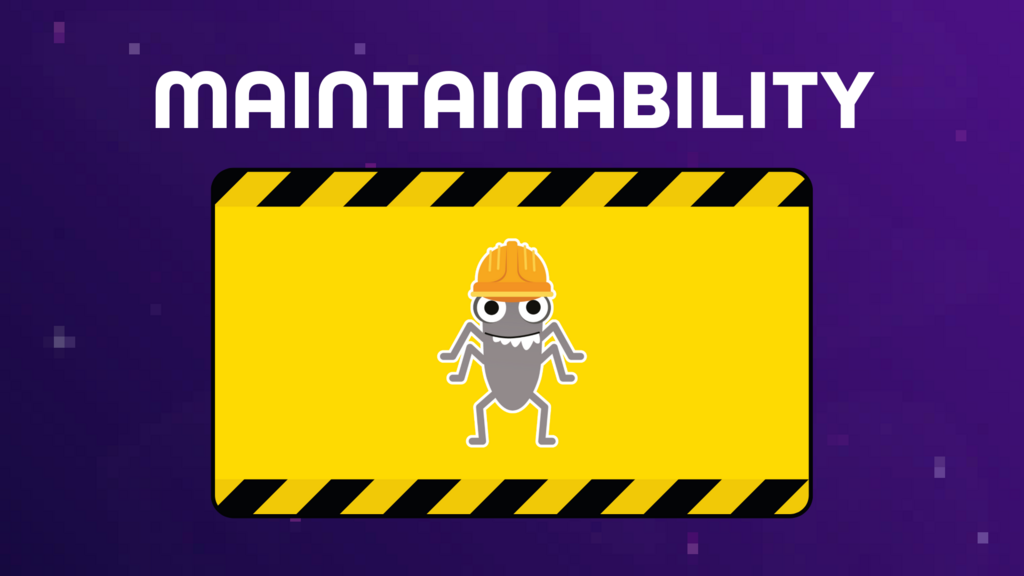Maintainability describes how easily a software product can be modified to correct bugs, add functionality or adapt to a new environment. It goes beyond just having tidy code. Clear documentation, a modular design and a reliable suite of automated tests all feed into making changes straightforward.
When maintainability is high, fixing a bug might only mean updating a single component and running a test suite. At the other extreme, low-maintainability feels like a tangled ball of wool. Every tweak and pull risks unravelling the whole thing. Or in software terms, triggering hidden dependencies and spawning fresh bugs.
Improving maintainability starts with consistent naming conventions, breaking large components into smaller modules, embedding clear README files alongside your code, and having clear and up-to-date documentation. Static analysis tools, peer reviews and tracking how long simple changes take turn maintainability from a vague goal into a measurable part of your workflow.
To assess maintainability, look at code readability, the time and effort required for minor changes, and ensure key paths are covered by stable automated tests. If adding a new field sends you down a rabbit hole, you’ve probably caught a maintainability bug.
When maintainability is high, fixing a bug might only mean updating a single component and running a test suite. At the other extreme, low-maintainability feels like a tangled ball of wool. Every tweak and pull risks unravelling the whole thing. Or in software terms, triggering hidden dependencies and spawning fresh bugs.
Improving maintainability starts with consistent naming conventions, breaking large components into smaller modules, embedding clear README files alongside your code, and having clear and up-to-date documentation. Static analysis tools, peer reviews and tracking how long simple changes take turn maintainability from a vague goal into a measurable part of your workflow.
To assess maintainability, look at code readability, the time and effort required for minor changes, and ensure key paths are covered by stable automated tests. If adding a new field sends you down a rabbit hole, you’ve probably caught a maintainability bug.




